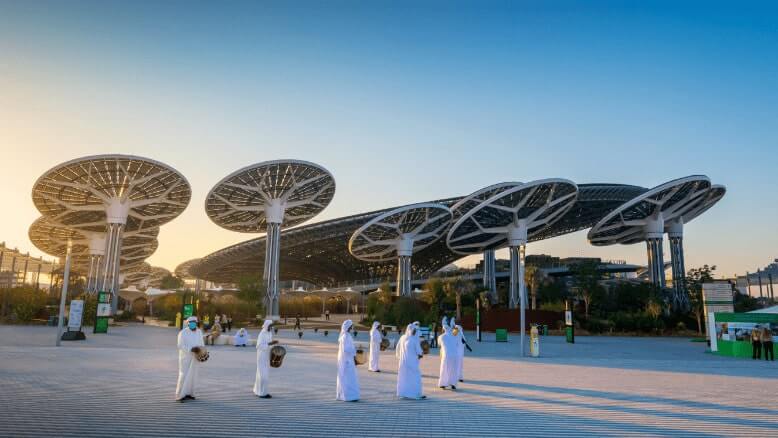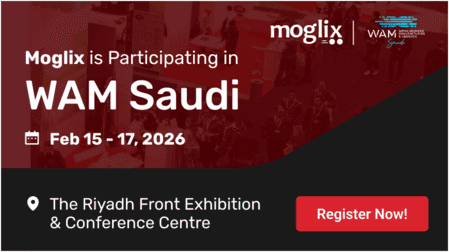COP 28: The Middle East’s Adaptive Reuse Phenomenon is Revolutionizing Sustainability

The grandeur of the Middle East often overshadows the pressing need for sustainable practices in the region. As the world marches towards a greener future, the Middle East is now awakening to the potential of adaptive reuse, a trend that has been transforming underused buildings and sites worldwide. This concept is redefining the landscape of the Middle East and heralds a sustainable revolution in architecture and urban planning.
Adaptive Reuse: A Global Trend
Adaptive reuse, the process of reimagining older structures, is gaining momentum globally. It involves transforming underused buildings into more practical and functional spaces, ensuring that the architectural heritage is preserved while addressing modern urban needs. Cities like New York and London have been at the forefront of this trend, redefining their landscapes and preserving history simultaneously. New York’s One Wall Street, once an office building, has now found new life as a residential haven, and London’s No.1 Grosvenor Square is now a super-prime residential complex. Battersea Power Station, a decommissioned landmark, is currently undergoing transformation into a mixed-use development. These global success stories have set the stage for adaptive reuse to become a game-changing phenomenon.
Middle East is Adapting
In the Middle East, adaptive reuse is not a new concept. The UAE government has showcased the benefits of re-purposing old structures, with projects like the Bastakiya neighborhood and Al Serkal Avenue. The Bastakiya neighborhood now boasts cafes, art galleries, and boutique hotels, preserving its historical significance while fostering culture and community. Al Serkal Avenue, once an industrial zone, has become a hub for arts and culture, contributing to a vibrant arts community.
Expo City Dubai exemplifies the potential of adaptive reuse. The site, originally developed for World Expo 2020, has been entirely reimagined into a self-sustaining, 15-minute city. It prioritizes eco-friendliness, with green roofs and smart energy-saving appliances, setting a new standard for sustainable living. This transformation not only pays homage to the area’s past but also presents a promising future for the region
The Middle East is embracing sustainability as a core value. Re-purposing existing structures instead of constructing new ones significantly reduces carbon emissions, aligning with the United Nations Environment Program’s call to address the construction sector’s high carbon footprint. With the UAE’s construction market soaring, the need for sustainable solutions is evident.
‘Year of Sustainability
The UAE declared this year the ‘Year of Sustainability,’ aligning with COP28, emphasizing the importance of sustainable living. This move is expected to encourage regional developers to prioritize sustainability in their projects. As more people choose the Middle East as their home, the demand for housing and entertainment destinations will rise. Adaptive reuse projects offer an efficient and sustainable option to meet these needs. Buyers are increasingly drawn to high-quality adaptive reuse projects, and this trend is likely to continue. It’s an exciting era for sustainable development in the region.
Moglix in the UAE is working with real estate and construction companies to ensure their sustainability goals are aligned with their procurement goals. Moglix is the most comprehensive procurement solution in the UAE, that combines E catalog based buying experience, digital procurement and supply chain solution with a physical warehouse and logistics network, allowing you a complete and most comprehensive E2E procurement and supply chain solution. Reach Us

